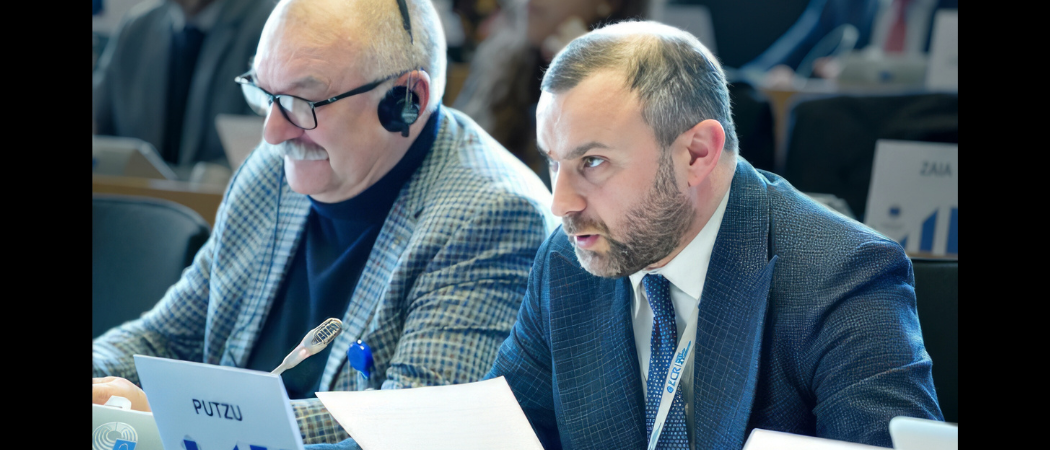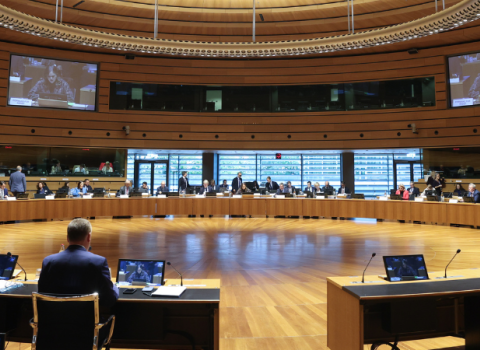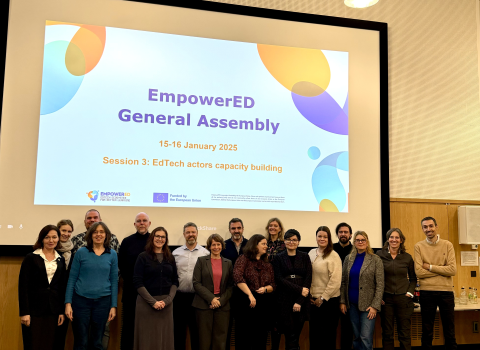It is time for the EU to recognise the importance of its regions in boosting the bloc’s innovation potential

Andrea Putzu, member of the Regional Council of Marche in Italy and member of the European Conservatives and Reformists Group in the European Committee of the Regions. Photo: ECR
Regions should be placed at the heart of the EU’s industrial policy and the next Framework Research programme, FP10, the European Committee of the Regions (CoR) says in an opinion paper.
In a wide-ranging series of recommendations, the independent EU institution CoR emphasises the increasing importance of regions in driving innovation, and calls for EU funding schemes to be better coordinated to support them.
“Regions and cities are often tasked with coordinating [green and digital transitions] on the ground, but the task can be extremely demanding as each tool is subject to its own regulatory and governance framework,” CoR says.
There are several schemes in place to boost regional innovation, such as Regional Innovation Valleys (RIV) and Partnerships for Regional Innovation (PRI), a pilot scheme launched in 2022. But Italian member of the CoR Andrea Putzu, who drafted the opinion, said “there is much room for improvement”.
“Place-based innovation is becoming increasingly crucial in today's growingly turbulent economic context. This year, competitiveness had been placed high on the EU agenda, and with good reason. In this sense, exploiting local comparative advantages will be crucial for fostering innovation and enhancing competitiveness in the EU,” Putzu said. The CoR is calling for a bigger budget for RIV and for PRI to be continued.
A key point of the paper is the role that regions should play in FP10, the next EU multi-annual R&I funding programme, which is due to kick off in 2028.
One possible way to increase regional support in FP10 is to reorientate Widening measures to target lagging regions around the bloc, rather than focusing on 15 lagging countries, as at present.
Several EU diplomats have told Science|Business that a small cohort of EU member states wants to see these measures reorientated to support the development of low-performing regions in any EU member state. This is not a new concept and some member states lobbied for it during negotiations on Horizon Europe.
Putzu is not convinced about this idea. “The dynamics of innovation gaps are arguably complex,” he said. “I believe that closing the innovation gap [requires] a combined approach, which addresses inequalities in research and innovation capacities on a broader scale, but at the same time is able to target localised, more specific regional disparities.”
Change in mindset
Putzu, rather, wants to see a change in mindset from EU-level policymakers. He said that too often, policies are brought in from the top without a clear enough evaluation of the impact on existing programmes and initiatives on the ground. A common complaint from the regions is that EU innovation initiatives are out of touch with local ecosystems.
“To foster better integration, it is imperative to first shift the existing mindset and perceive EU policy as a dynamic, interconnected nexus – a living and agile ecosystem – rather than a static entity,” Putzu said.
The same approach should be applied to the organisation of the many different regional innovation initiatives. When the RIV scheme was brought in last year, it was supposed to build on existing PRI and Smart Specialisation strategies (S3). These are not the only schemes though, with others such as ERA Hubs and the EIT Regional Innovation Scheme all adding to a hodge-podge of innovation initiatives.
Having a multitude of options is not a bad thing per se, Putzu said. “Having various targeted funds for regional innovation is more effective than a one-hit wonder solution because it allows for a more specialised and nuanced approach,” he said.
But he admits that the EU has reached a level of complexity where it is time to take stock and work out how best to make these different schemes work together. “Ensuring synergy between various innovation policies and funds will only promote better investment performance, prevent duplicates, and ensure a more holistic approach to regional development,” he said.
“The next task for EU policymakers will be to hear the voice of regions, rise to the challenge, and evaluate existing policy and funding mechanics together, aligning the gears precisely to set the optimal performance.”





 A unique international forum for public research organisations and companies to connect their external engagement with strategic interests around their R&D system.
A unique international forum for public research organisations and companies to connect their external engagement with strategic interests around their R&D system.